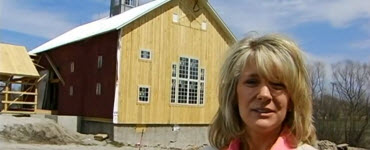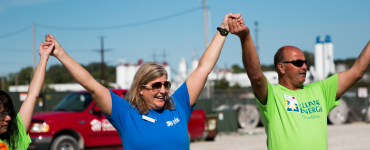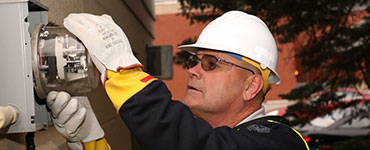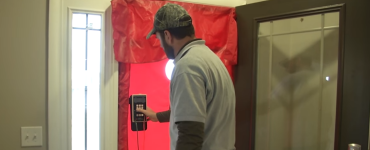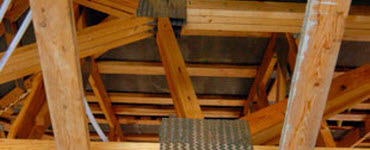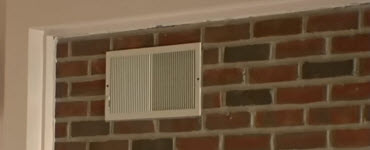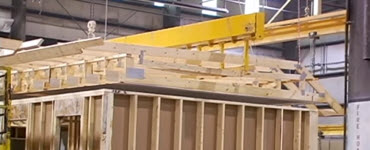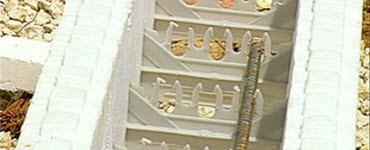Air quality and ventilation in new homes
In newer homes, energy-efficient building practices are used to avoid drafts, but these air tight homes can result in uncomfortable air quality and ventilation.
See our Air Quality section for more information.
In this video: An industry expert discusses green technologies that improve air quality in new construction.
More from this category
Historic preservation
A preservation expert shares how to restore an older home economically and energy efficiently.
Habitat for Humanity
Habitat for Humanity is an organization that provides simple, sturdy homes. Learn how energy efficiency is a key factor in building these homes.
Talk to your utilities
Before you break ground on a new house, give your utility companies a call. They can help you avoid unnecessary expenses and construction delays.
Energy rater and performance consultant
An energy rater can help make your new home more energy-efficient through every stage of the construction process.
Roof and attic
Your roof and attic play the most crucial role in your home's energy efficiency system, reducing your energy costs during the winter and summer.
Trombe wall
Using the sun's stored energy to heat your home reduces your conventional energy consumption.
Modular homes
Modular homes are built in a factory under controlled conditions, then shipped to the homesite and placed on a permanent foundation.
Insulated concrete forms
An insulated concrete form (ICF) system eliminates the cold drafts typical of wood-frame construction.

